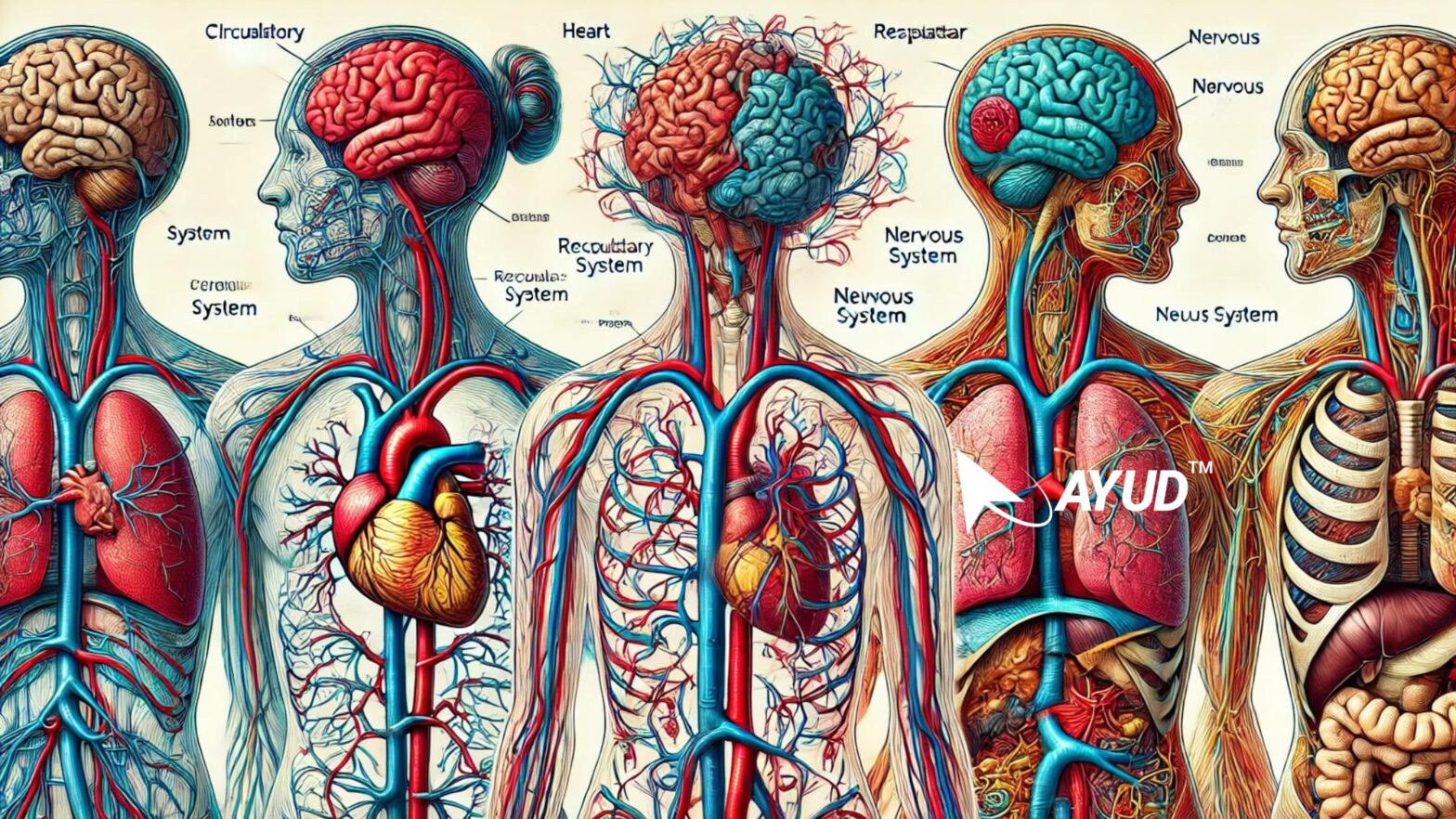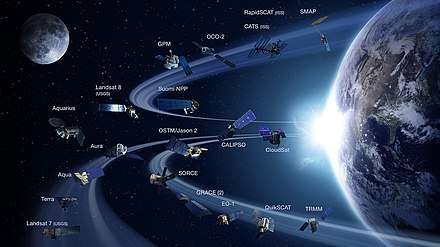Natural Sciences: Exploring the Wonders of the Natural World
Natural sciences form the backbone of our understanding of the universe. By systematically exploring natural phenomena, scientists develop theories, conduct experiments, and interpret data to explain the workings of nature. This article delves into the various branches of natural sciences, highlighting their roles, methodologies, and contributions to our knowledge.
Introduction to Natural Sciences

Natural sciences are dedicated to studying the physical world and its phenomena. They are built upon the principles of observation, experimentation, and empirical evidence. Unlike other scientific disciplines that might focus on human behavior or abstract concepts, natural sciences emphasize measurable, observable elements of the universe. From the vastness of space to the microscopic components of matter, these fields help us decipher the underlying laws governing everything around us.
The natural sciences can be broadly divided into several major areas: Physics, Chemistry, Biology, Astronomy, and Earth Sciences. Each branch not only has its unique focus but also often overlaps with others, creating a dynamic and interdisciplinary landscape of research and discovery.
Physics: The Study of Matter, Energy, and Forces
Fundamental Principles
Physics is the cornerstone of natural sciences, dedicated to understanding the nature of matter, energy, and the fundamental forces of the universe. It investigates everything from the smallest subatomic particles to the largest galaxies. Fundamental theories like classical mechanics, quantum mechanics, and relativity have transformed our grasp of reality.
Applications and Impact
The insights gained from physics have paved the way for revolutionary technological advances. Innovations in electronics, telecommunications, and medical imaging are all rooted in physical principles. By exploring the behavior of energy and matter, physics not only explains how things work but also inspires new technologies that drive modern society.

Chemistry: The Study of Substances and Their Interactions
Chemical Elements and Reactions
Chemistry focuses on the composition, structure, properties, and changes of matter. At its core, chemistry is about understanding how atoms combine to form molecules and how these molecules interact with one another. The periodic table serves as a foundational tool, categorizing elements based on their properties and enabling scientists to predict their behavior in reactions.
Real-World Applications
The practical applications of chemistry are extensive. From the development of new pharmaceuticals to the creation of sustainable energy sources, chemistry is central to many innovations. Industrial processes, environmental conservation, and even culinary arts benefit from chemical insights. By decoding the reactions and interactions between substances, chemists contribute to advancements that improve quality of life and protect the environment.

Biology: The Study of Life and Living Organisms
Life at Multiple Scales
Biology is the scientific study of living organisms, spanning from molecular processes within cells to the complex interactions within ecosystems. This branch examines the structure, function, growth, and evolution of organisms. It bridges various scales of life, offering insights into both the microcosm of cellular biology and the macrocosm of ecological systems.
Subfields of Biology
- Molecular Biology and Genetics: These fields explore the blueprint of life encoded in DNA, revealing how genes govern the functions and development of organisms.
- Ecology: This area examines the relationships between organisms and their environments, highlighting the importance of biodiversity and ecosystem balance.
- Evolutionary Biology: By studying the genetic changes across generations, evolutionary biology provides a framework for understanding the diversity of life and the adaptation of species over time.
Health and Medicine
Advancements in biology have direct implications for medicine. Understanding the intricacies of human biology has led to breakthroughs in treating diseases, developing vaccines, and improving overall healthcare. Research in biology continues to be vital for addressing global health challenges and enhancing our understanding of life itself.
Astronomy: The Study of Celestial Bodies and Space
Exploring the Cosmos
Astronomy is the natural science that studies celestial objects, such as stars, planets, comets, and galaxies, as well as the phenomena that occur beyond Earth’s atmosphere. It provides a window into the vast expanse of the universe and helps us understand our place within it.
Tools and Techniques
Astronomers utilize telescopes, satellites, and other sophisticated instruments to observe the cosmos. Modern advancements have enabled the detection of exoplanets, the study of cosmic microwave background radiation, and the investigation of black holes. These techniques not only expand our knowledge of space but also contribute to technological innovations in imaging and data analysis.
The Significance of Cosmic Exploration
The study of astronomy is not just about satisfying human curiosity; it also offers insights into the origins and evolution of the universe. By examining celestial phenomena, astronomers can piece together the history of cosmic events, such as the Big Bang and the formation of galaxies. This field continually challenges and expands our understanding of physics and the nature of existence.

Earth Sciences: Understanding Our Planet
The Dynamic Earth
Earth sciences encompass the study of the Earth’s physical constitution and the processes that shape it. This field includes geology, meteorology, oceanography, and environmental science, each contributing unique perspectives on our planet’s past, present, and future.
Geology: The Story of Rocks and Minerals
Geology examines the materials that make up the Earth, the processes that form and change them, and the history of our planet as recorded in rock formations. It provides valuable insights into natural phenomena such as earthquakes, volcanic eruptions, and plate tectonics. By studying the Earth’s structure, geologists can also locate valuable natural resources and assess geological hazards.
Meteorology: Understanding Weather and Climate
Meteorology focuses on the atmosphere, studying weather patterns and climatic conditions. Through the analysis of atmospheric data, meteorologists predict weather changes, helping societies prepare for and mitigate the impacts of severe weather events. Their work is increasingly important in the context of global climate change.
Oceanography: The Depths of the Sea
Oceanography is the study of the Earth’s oceans, covering aspects such as marine life, ocean currents, and the chemical composition of seawater. This field is essential for understanding global climate systems, as oceans play a critical role in regulating temperature and weather patterns.
Environmental Science: Protecting Our World
Environmental science integrates aspects of geology, meteorology, and biology to address issues related to the natural environment. It aims to understand the impact of human activities on the Earth and to develop strategies for sustainability and conservation. Through interdisciplinary research, environmental scientists work to mitigate pollution, conserve natural resources, and promote ecological balance.

Interdisciplinary Connections and the Future of Natural Sciences
Blending Disciplines for Holistic Understanding
Natural sciences rarely exist in isolation. Advances in one field often complement discoveries in another. For instance, the principles of physics underpin both chemistry and astronomy, while biological processes can influence geological formations. This interconnectivity is crucial for tackling complex scientific questions that span multiple disciplines.
The Role of Technology and Innovation
Technological advancements have dramatically accelerated progress in natural sciences. High-powered telescopes, advanced imaging techniques, and computational models have enabled scientists to explore phenomena that were once beyond human reach. As technology continues to evolve, so too will our capacity to understand and manipulate the natural world, opening up new avenues of research and innovation.
Challenges and Opportunities Ahead
While natural sciences have made significant strides, they also face challenges such as climate change, resource depletion, and environmental degradation. Addressing these issues requires a deep understanding of natural processes and the continued integration of scientific knowledge into policy-making and public awareness. By fostering collaboration across disciplines, scientists can develop innovative solutions to ensure a sustainable future.
Conclusion
Natural sciences are at the heart of our quest to understand the universe. By examining everything from the fundamental particles of matter to the vast expanse of space, these disciplines illuminate the laws that govern our world. Whether it is through physics’ exploration of energy and forces, chemistry’s insights into matter and reactions, biology’s study of life, astronomy’s cosmic discoveries, or Earth sciences’ investigation of our dynamic planet, the natural sciences continue to inspire wonder and drive technological progress.
In our increasingly complex world, the importance of natural sciences cannot be overstated. They not only satisfy our innate curiosity about the universe but also provide the knowledge necessary to solve real-world problems. As we look to the future, the continued exploration of the natural world promises to yield new insights, foster innovation, and ultimately enrich our understanding of the environment we call home.
Embracing the interdisciplinary nature of natural sciences will be key to addressing the challenges of tomorrow. With each discovery, we move closer to a more complete picture of the cosmos, forging a path toward a future where scientific progress and environmental stewardship go hand in hand.


